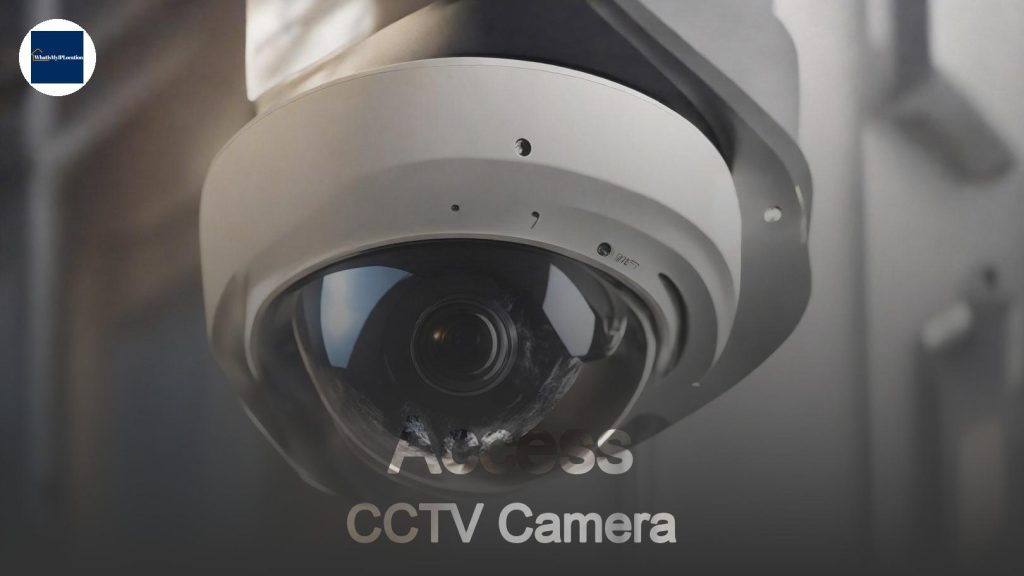Companies are enhancing their cybersecurity measures by adopting advanced technologies like AI and machine learning to detect threats in real-time. Additionally, they are investing in employee training programs to foster a culture of security awareness and vigilance.
In today’s digital world, cyber attacks are a real threat. Companies of all sizes are facing these challenges head-on. But how are they fighting back? Let’s break it down and see what’s going on in the world of cybersecurity.
Understanding Cyber Attacks
Before we dive into how companies are defending themselves, let’s quickly understand what cyber attacks are. Simply put, a cyber attack is when someone tries to access a computer system or network without permission. This can lead to stolen data, financial loss, and a damaged reputation.
Types of Cyber Attacks
-
Phishing: This is when attackers send fake emails to trick people into giving up personal information. It’s like fishing, but instead of catching fish, they’re trying to catch your sensitive data.
-
Ransomware: Here, hackers lock up a company’s data and demand payment to unlock it. It’s like a digital hostage situation!
-
DDoS Attacks: This stands for Distributed Denial of Service. Attackers overwhelm a website with traffic, making it crash. Imagine a store getting so crowded that no one can get in!
-
Malware: This is malicious software designed to harm or exploit any programmable device. Think of it as a digital virus.
Why Cybersecurity Matters
With the rise of remote work and online transactions, companies are more vulnerable than ever. A successful cyber attack can lead to huge financial losses and a loss of customer trust. That’s why businesses are stepping up their game in cybersecurity.
How Companies Are Fighting Back
1. Investing in Technology
Companies are pouring money into advanced technology to protect their systems. This includes:
-
Firewalls: These act as a barrier between a trusted network and untrusted ones. It’s like having a security guard at the entrance of your office.
-
Antivirus Software: This helps detect and remove malware. Think of it as a health check for your computer.
-
Encryption: This scrambles data so that only authorized users can read it. It’s like putting your sensitive information in a locked box.
2. Employee Training
One of the biggest weaknesses in cybersecurity is human error. Companies are realizing that training their employees is crucial. Here’s how they’re doing it:
-
Regular Workshops: Many companies hold workshops to teach employees about the latest cyber threats and how to avoid them.
-
Phishing Simulations: Some businesses run fake phishing attacks to see how employees respond. It’s a way to test and improve their awareness.
-
Clear Policies: Having clear guidelines on how to handle sensitive information can help prevent mistakes.
3. Incident Response Plans
No matter how much a company prepares, cyber attacks can still happen. That’s why having an incident response plan is essential. This plan outlines what to do in case of a breach. Here’s what it typically includes:
-
Immediate Actions: Steps to take right after an attack is detected, like isolating affected systems.
-
Communication Plans: How to inform stakeholders and customers about the breach.
-
Recovery Steps: A roadmap for getting systems back up and running.
4. Collaborating with Experts
Many companies are teaming up with cybersecurity firms to bolster their defenses. These experts bring specialized knowledge and tools to the table. Here’s how collaboration helps:
-
Threat Intelligence: Cybersecurity firms can provide insights into the latest threats and vulnerabilities.
-
Penetration Testing: This involves simulating attacks to identify weaknesses in a company’s defenses.
-
Compliance Assistance: Many industries have regulations regarding data protection. Experts can help ensure companies meet these requirements.
5. Utilizing Cloud Security
As more businesses move to the cloud, securing these environments is critical. Cloud security involves protecting data stored online. Here’s what companies are doing:
-
Multi-Factor Authentication (MFA): This adds an extra layer of security by requiring more than just a password to access accounts.
-
Regular Audits: Companies are conducting audits to ensure their cloud services are secure and compliant.
-
Data Backups: Regularly backing up data ensures that even if an attack occurs, companies can recover their information.
The Role of Government and Regulations
Governments around the world are stepping in to help combat cyber threats. They’re creating regulations and guidelines to protect businesses and consumers. Here are a few ways they’re doing this:
-
Data Protection Laws: Laws like GDPR in Europe require companies to protect personal data and report breaches.
-
Cybersecurity Frameworks: Governments are providing frameworks that companies can follow to improve their security posture.
-
Public Awareness Campaigns: Many governments run campaigns to educate the public about cyber threats and safe online practices.
The Future of Cybersecurity
As technology evolves, so do cyber threats. Companies need to stay ahead of the game. Here are some trends to watch:
–
